Across the world’s fastest-growing consumer markets, one force is reshaping purchasing behaviour, product design, and service delivery: women. From Jakarta to Los Angeles, women are no longer a niche segment—they’re central to growth itself. In the US and UK, they already influence over three-quarters of consumer spending. In Asia, their economic clout is rising even faster, redrawing the map of modern consumption.
What’s notable isn’t just the scale of that influence—it’s the nature of the change. In emerging markets, women are leapfrogging traditional consumption curves. According to McKinsey, 47% of women in countries like India, Vietnam, and Indonesia say they plan to increase spending on categories tied to personal growth—wellness, education, digital tools—compared to just over one in four women in advanced economies. This isn’t just a response to rising incomes; it reflects shifting expectations about autonomy, quality of life, and long-term self-investment.
From single professionals in China to ageing populations in Japan and Singapore, women are redefining growth on their own terms. They’re fueling demand for high-touch services, longevity-focused health tech, and mobile-first commerce. In Southeast Asia, young women are using digital platforms not just to consume—but to build businesses and financial independence.
This is not a trend. It’s a structural realignment. The She-conomy spans geographies, life stages, and every category of spend. For brands, marketers, and policymakers, the challenge isn’t acknowledgment—it’s action: understanding how women are reshaping demand, and where that momentum is headed next.
Different Markets, One Direction
The rise of female economic power doesn’t follow the same path everywhere—but the momentum is global. In India, government-backed financial inclusion through schemes like Jan Dhan Yojana has enabled more than 300 million citizens—many of them women—to open first-time bank accounts. This structural shift in access is now fueling demand for education, micro-loans, and digital retail across urban and rural markets. Similarly, Indonesia’s regulatory push around e-commerce transparency has helped build consumer trust, enabling a surge in women-led digital businesses on platforms like Tokopedia and Shopee. Nykaa, a beauty marketplace founded by a former investment banker, went public in 2021—marking a milestone in female-focused consumer growth.

Image credit: Proctor & Gamble
Procter & Gamble’s “Always #LikeAGirl” campaign not only redefined adolescent hygiene marketing, but also reshaped its internal product innovation cycle. After the campaign’s success—reaching over 90 million views globally and boosting brand recall by 50 percent—the company invested in localized product design for underserved markets, including pad sizes tailored for Southeast Asian schoolgirls. The initiative drove a double-digit lift in brand penetration across key markets and remains a benchmark in behaviour-led brand transformation.
In China, women are redefining middle-class aspiration. Deloitte’s 2023 research shows that women in Tier 1 and 2 cities are more likely than men to purchase premium goods across skincare, electronics, and wellness. These choices are not about luxury—they’re about control over value. Many are now the primary household spenders, even in dual-income families.
In the US and UK, women already drive the majority of consumer spend—but their influence is evolving. They’re outspending men not just in traditional categories, but also in fintech and auto services. A 2024 NielsenIQ study found their purchase journeys are longer, more research-driven, and shaped by peer networks—prompting brands to rethink UX and communications from the ground up.
Southeast Asia may offer the clearest view of how quickly women’s economic roles are evolving. In markets like Indonesia and Vietnam, digital access has unlocked dual roles: consumer and entrepreneur. Platforms like TikTok Shop and Shopee Live are powering a wave of direct-to-consumer businesses led by women—often without physical storefronts. Bain & Company reports that in mobile-first economies, women now account for a rising share of all digital transactions.
Where Women Are Rewriting the Rules
The impact of female consumers extends well beyond traditional categories like beauty and household goods. The real shift lies in sectors once built with male defaults, where women are now setting new expectations—and rejecting outdated design assumptions.
In personal finance, women are adopting mobile budgeting tools, peer-to-peer lending, and investment platforms at rising rates—especially when these tools align with their financial priorities. In Western markets, platforms like Ellevest and Emma promote financial empowerment. In Asia, the trend is more practical: Indian women using Google Pay or PhonePe may not see themselves as investors, but their steady use of digital finance tools signals growing engagement.
In mobility, safety and accessibility are guiding new design priorities. Ride-hailing platforms across Southeast Asia have introduced women-only drivers, privacy features, and emergency tools as core service offerings. In cities like Bangkok and Jakarta, working women are using these services more frequently, reflecting how tailored features drive adoption, according to Grab’s 2023 regional data.
Health and wellness, once narrowly defined, are now among the most rapidly diversifying sectors for female consumers. Femtech is moving beyond fertility into menopause care, hormone diagnostics, and cycle monitoring. In Singapore and Japan, women over 45 are emerging as key adopters of wearable health tech and at-home diagnostic kits, reflecting both aging demographics and demand for greater autonomy. In Vietnam and the Philippines, startups are addressing affordability and discretion through telehealth platforms and pharmacy access tailored to women across life stages.
These shifts reflect decades of economic, social, and technological change converging in real time. What is different now is visibility. The women’s market is no longer niche—it is investable, influential, and forcing transformation in sectors not traditionally shaped by female demand, including fintech, mobility, and health tech.
Rethinking Design for the Female Majority
Consumer behaviour is evolving faster than the systems built to support it. Despite women driving growth across nearly every sector, many products remain designed around male defaults—whether by oversight or inertia. In fields like automotive, banking, healthcare, and workplace technology, critical design choices still overlook the needs and realities of female users.
Nowhere is this design mismatch clearer than in financial services. Across markets, women tend to value stability, long-term planning, and goal setting over short-term speculation. Yet many platforms still emphasise speed, risk, and accumulation. A 2023 Oliver Wyman survey found that over half of women in Southeast Asia viewed financial products as inaccessible or irrelevant—not because of digital literacy, but because the products failed to reflect their priorities.
Healthcare reveals one of the most persistent blind spots. For decades, male-centric clinical research has left significant gaps in diagnostics and treatment for women. These oversights still shape healthcare delivery and insurance coverage. In Japan and Singapore, women over 50 are among the fastest-growing patient segments, yet services for chronic conditions, menopause, and mobility are often limited or unaffordable. Femtech startups are stepping in, but without the scale or policy support to reach the broader market.
Consumer technology still lags in addressing women’s needs. Smartphones rarely include standard safety features designed with women in mind. Fitness trackers overlook menstrual and hormonal health, and voice assistants often reinforce gender bias. In some markets, this leads to disengagement. In other countries, it fuels innovation: in India and the Philippines, women-led startups are designing platforms from scratch, prioritising safety, affordability, and multifunctionality.
For brands, the challenge is not cosmetic. Designing for women demands more than surface-level updates. It means rethinking assumptions embedded in product development, data models, and leadership itself. As the She-conomy grows, so do the costs of exclusion. Closing the design gap requires leadership accountability—not just marketing rhetoric.
What Not to Do When Marketing to Women
| Don’t | Why It Fails |
| Gendered design shortcuts often alienate modern female consumers who prioritise function over form. | Treating all women as one group ignores differences in age, culture, income, and priorities. |
| Don’t lead with empowerment clichés | “You go girl” slogans ring hollow if the product lacks practical value or doesn’t solve a real need. |
| Don’t assume women want pink | Gendered design shortcuts often alienate modern female consumers who prioritize function over form. |
| Don’t condescend with messaging | Oversimplified language or tone that assumes low knowledge damages trust and credibility. |
| Don’t rely on stereotypes | Positioning women only as caregivers, beauty-focused, or emotional overlooks their broader influence and aspirations. |
| Don’t retrofit male-first products | Adapting products originally built for men often leads to poor usability and overlooked needs. |
| Don’t ignore life stages | Focusing only on young women misses major opportunities among midlife and older female consumers. |
| Don’t fake inclusion | Representation must go beyond the ad campaign—real credibility comes from leadership, product, and service decisions. |
Missing the Market by Missing the Point
The commercial case for investing in women is well established, but execution continues to fall short. Brands still underestimate the complexity of female consumer behaviour—not due to a lack of data, but because of how that data is misread or dismissed. Treating women as a monolith remains one of the costliest errors in modern marketing.
In the US and UK, many campaigns have embraced empowerment messaging while ignoring product relevance, pricing, or usability. Ads that celebrate confidence often fail when paired with offerings that fall short of real needs. The backlash is commercial as much as cultural. A 2023 Deloitte survey found that over one-third of women aged 25 to 45 stopped buying from brands they felt misunderstood them. The figure was even higher in India and Indonesia, where younger women are more likely to switch brands and shape peer behaviour online.
The issue is not intent but misalignment. Many of the fastest-growing brands in women-led markets succeed by focusing on function rather than messaging. In Vietnam, one mobility app gained traction not through slogans, but by addressing concerns raised by female riders—identity checks, well-lit pickup points, and transparent routing. Adoption among working women grew without a single reference to empowerment.
Companies that invest in contextual insight are outperforming. In Japan, a healthcare retailer overhauled store layouts after research showed that women over 60 were avoiding certain aisles due to privacy concerns. The brand responded with discrete consultation areas, improved lighting, and redesigned shelving. Within a year, footfall among older female customers rose by nearly 30 percent.
What Women Want (From Brands)
| Need | What It Looks Like in Practice |
| Relevance | Products designed for real needs, not stereotypes—e.g. femtech beyond fertility, financial tools that reflect life goals. |
| Usability | Seamless design, not just surface-level inclusion—e.g. ride-hailing safety features, discreet health services. |
| Affordability | Accessible pricing without sacrificing quality—especially in fast-growing markets like Vietnam and India. |
| Trust & Transparency | Clear language, evidence-based claims, and no pinkwashing—particularly in health, finance, and wellness. |
| Representation | Women reflected in design teams, leadership, and brand storytelling—not just the marketing campaign. |
| Adaptability | Services that shift with her life stage—e.g. elder health tech in Japan, career-focused financial planning in the US. |
| Privacy & Safety | Built-in protections in tech, mobility, and healthcare—not retrofitted add-ons. |
| Cultural Relevance | Localized products and services that reflect regional values, needs, and constraints—not one-size-fits-all solutions. |
Why Understanding Women Is No Longer Optional
The She-conomy is not a passing phase. It reflects a structural shift in global spending power, accelerating across both developed and emerging markets. The error lies in expecting it to resemble earlier waves of women’s influence, limited to specific categories or life stages. Today, women are shaping not just what gets purchased, but how products are designed, services delivered, and brands evaluated.
At Kadence International, we see this shift firsthand. Our studies show women driving outsized momentum in sectors such as personal finance and tech-enabled healthcare. What stands out is their behavioral precision: women are more selective, more digitally fluent, and more likely to switch brands based on trust, relevance, and values. While many claim to design for women, few engage with the complexity behind that label—spanning income, culture, and lived experience.
This is no longer about targeting a segment—it’s about rethinking how demand itself is defined. Behavioural segmentation, real-time research, and co-creation are no longer strategic extras. They are foundational tools in a consumer economy increasingly shaped by women’s expectations, choices, and values. The companies succeeding are not simply measuring sentiment; they are building systems that evolve with it.
For brands and policymakers, the stakes are no longer theoretical. Designing for yesterday’s consumer while today’s buyer reshapes the rules is a fast path to irrelevance. The She-conomy is not a trend to follow—it is the future to build for. Those who fail to act will not merely fall behind. They will lose the right to be in the conversation.
Get regular insights
Keep up to date with the latest insights from our research as well as all our company news in our free monthly newsletter.




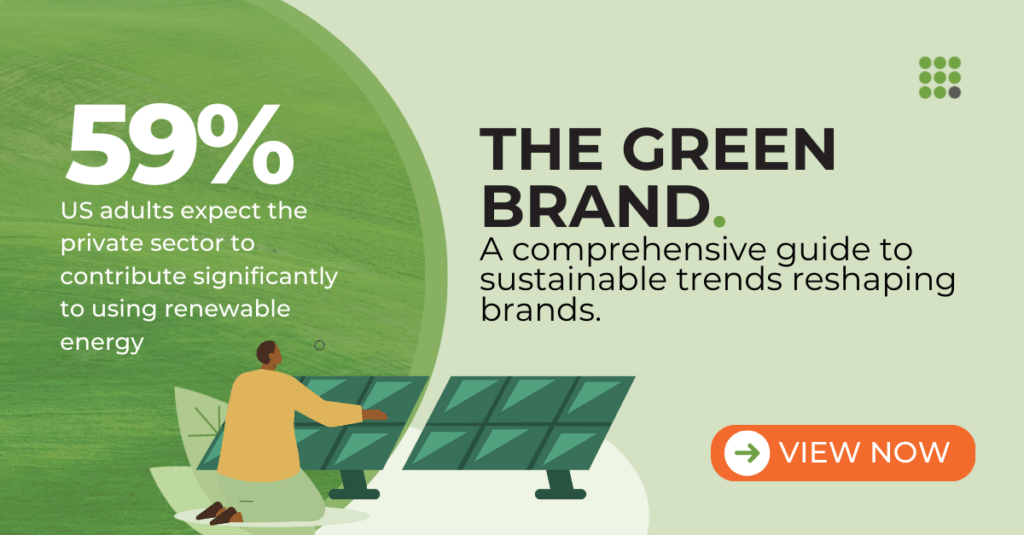


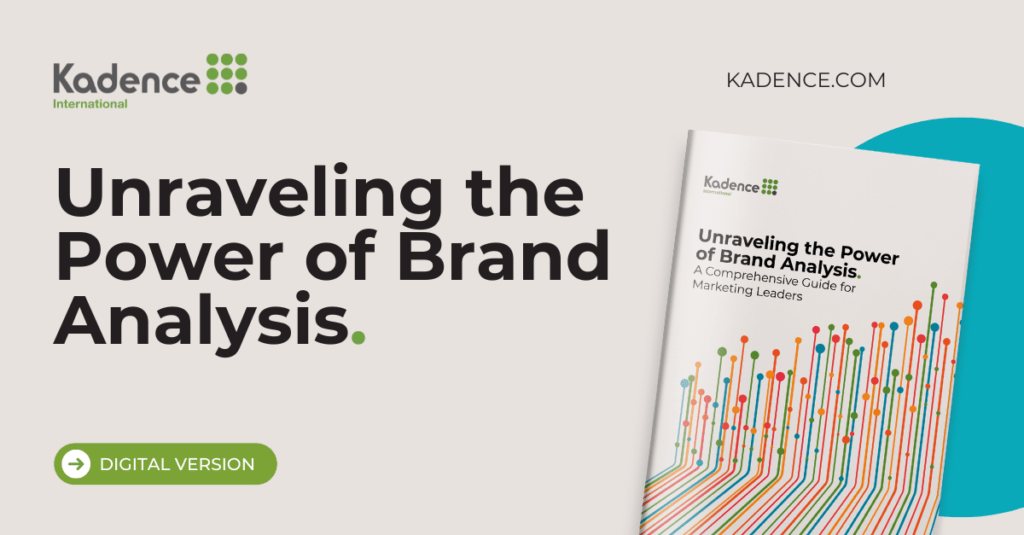

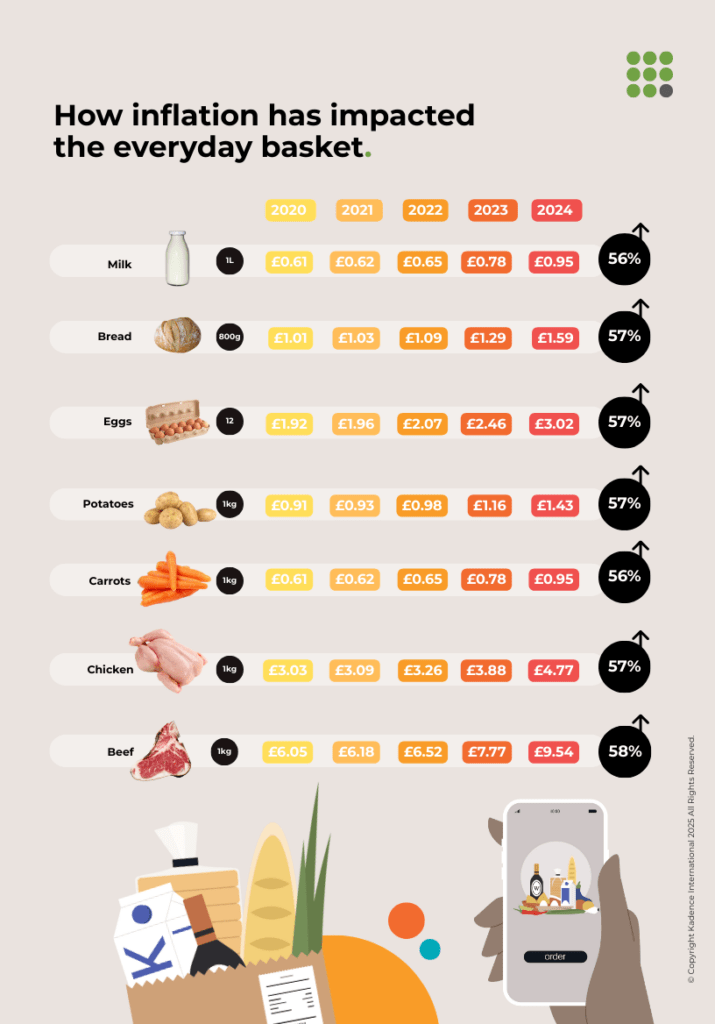




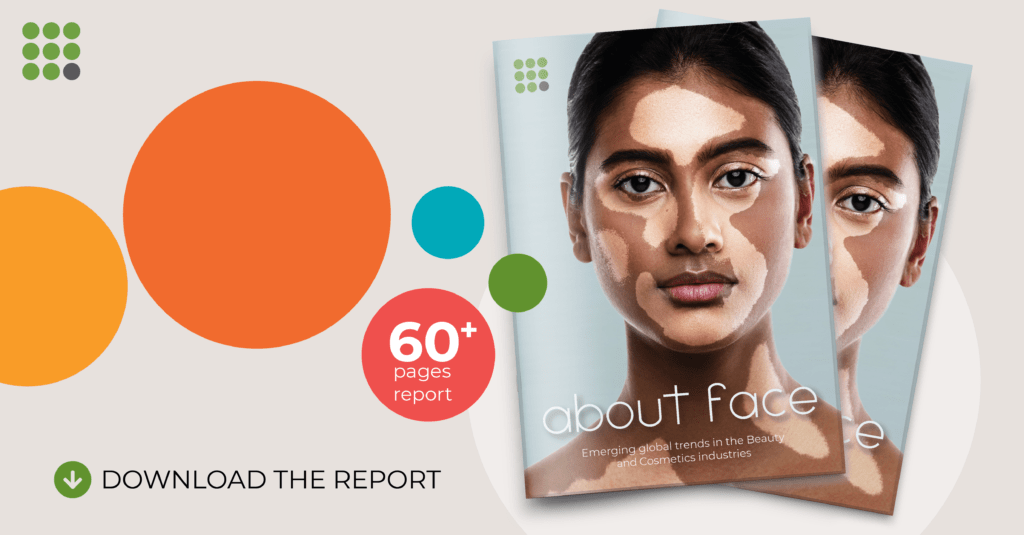

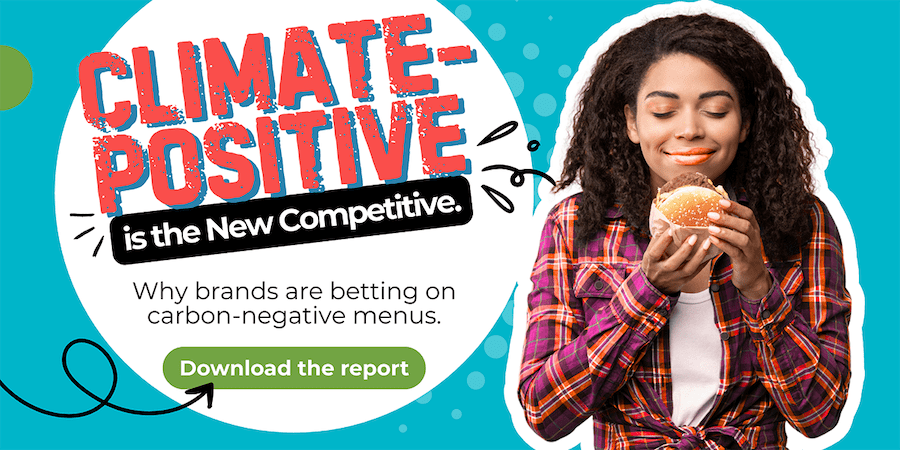



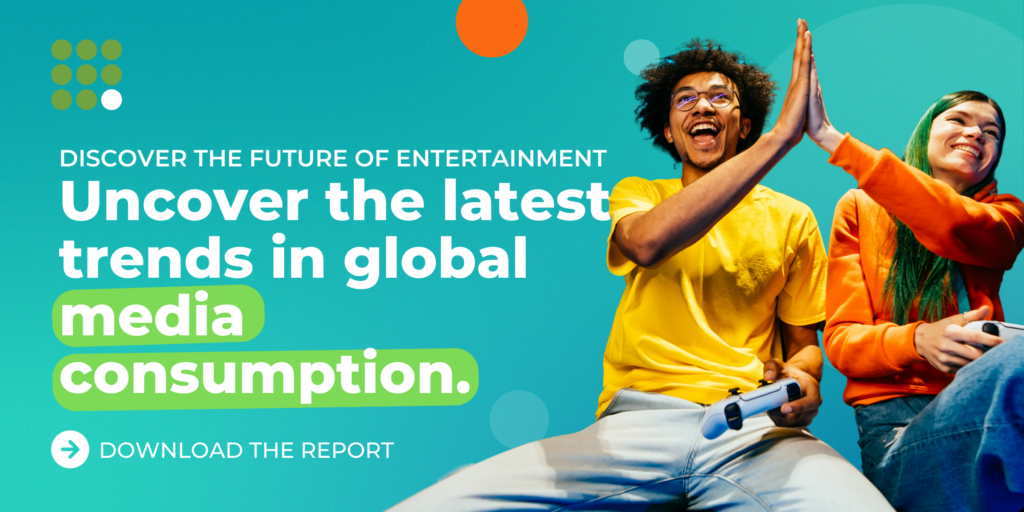


 Senior Marketing Executive
Senior Marketing Executive Sales & Marketing
Sales & Marketing General Manager PR -Internal Communications & Government Affairs
General Manager PR -Internal Communications & Government Affairs Vital Strategies
Vital Strategies
 Customer Intelligence Director
Customer Intelligence Director